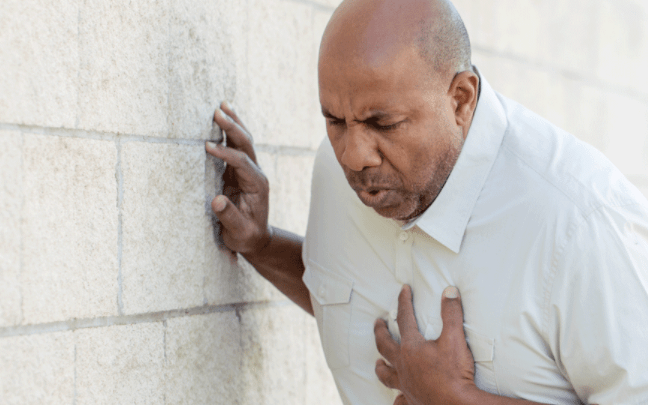Table of Contents:
- Assessing the Signs of a Heart Attack
- Getting Help During a Heart Attack
- After Surviving a Heart Attack
Heart attacks are a significant concern, with over 700,000 people experiencing them in the United States each year, resulting in approximately 120,000 fatalities. Heart attacks and heart disease are the leading causes of death in the United States and worldwide. This article provides crucial information on how to increase your chances of surviving a heart attack, emphasizing the importance of prompt action.
Assessing the Signs of a Heart Attack:
- Recognize Chest Pain: The most common symptom of a heart attack is mild chest pain or discomfort, which may feel like a heavy weight on your chest, tightness, squeezing, or indigestion. While sudden, crushing pain can occur, it is not the only manifestation.
- Be Aware of Other Symptoms: Apart from chest pain, there are additional symptoms that may indicate a heart attack. It’s important to note that not everyone experiences chest pain during a heart attack. These symptoms include:a. Signs in Women: Women, the elderly, and individuals with diabetes may have atypical symptoms, such as chest pain that doesn’t follow the traditional pattern. They might experience pain in the jaw, neck, or back, upper abdominal discomfort, cold sweats, nausea, and vomiting.b. Cold Sweats: Breaking out in cold, nervous sweat, which can be misinterpreted as stress or anxiety rather than physical exertion.c. Anxiety and Panic: Unexplained panic attacks, anxiety, and a sense of impending doom.d. Unusual Fatigue: Sudden, unusual fatigue, weakness, and a lack of energy, which can persist for days.e. Breathing Difficulties: Shortness of breath, lightheadedness, and fainting.
Reacting Quickly to Symptoms:
Most heart attacks develop slowly, with symptoms that can be mistaken for less serious issues. If you or someone you know experiences any of these symptoms, it is imperative to seek medical attention immediately.
Getting Help During a Heart Attack
- Seek Medical Attention: Approximately 90% of heart attack victims survive if they reach the hospital alive. Many fatalities occur due to hesitation in seeking help. If you suspect a heart attack, do not wait it out – call 9-1-1 (or your country’s equivalent emergency number) immediately.
- Inform Others: If you are with family or in a public place when you experience a heart attack, inform those around you. Your life may depend on someone giving you CPR, and prompt communication can make a significant difference.
- Minimize Activity: If you cannot reach medical help quickly, stay calm and avoid strenuous activities. Rest and wait for emergency services, as exertion can worsen the damage caused by a heart attack.
- Take Medication: Taking an aspirin at the onset of a heart attack can be beneficial. Chew it slowly while waiting for emergency personnel. If you have been prescribed nitroglycerin, take one dose and call for help.
After Surviving a Heart Attack:
- Follow Medical Advice: It is essential to adhere to your doctor’s recommendations for recovery, both in the immediate aftermath of a heart attack and in the long term. This may involve medications, lifestyle changes, and cardiac rehabilitation.
- Address Emotional Well-Being: Survivors of heart attacks may experience depression, which can stem from various factors such as embarrassment, self-doubt, guilt over lifestyle choices, and uncertainty about the future. Seek support and counseling if needed.
- Understand the Risk of a Second Heart Attack: Having experienced a heart attack increases the risk of a subsequent one. Nearly one-third of heart attacks in the United States occur in people who have survived a previous attack, underscoring the importance of ongoing cardiac care.
- Adopt a Healthier Lifestyle: Making positive changes in your lifestyle is crucial to reducing the risk of a second heart attack. Focus on regular physical activity, maintaining a healthy weight, managing cholesterol, blood sugar, and blood pressure levels, stress reduction, and quitting smoking.
Conclusion:
Surviving a heart attack requires swift action and awareness of the symptoms. Understanding the signs, seeking immediate medical help, and following medical advice are pivotal in increasing your chances of survival. Additionally, making long-term lifestyle changes can significantly reduce the risk of a second heart attack, allowing you to lead a healthier and happier life. Your heart’s health is in your hands, and taking the right steps can make all the difference.


